

13-01-25
What are Liabilities in Accounting?
Liabilities in accounting refer to the financial obligations or debts that a company owes to external entities, such as creditors, suppliers, or lenders. These obligations arise from past transactions and are settled over time through the transfer of money, goods, or services.
Liabilities are a key component of a company’s balance sheet and are categorized as either current liabilities or non-current liabilities, depending on their due dates.
Current liabilities are short-term obligations that are expected to be settled within a year. Examples include:
Accounts Payable: Money owed to suppliers for goods and services.
Short-Term Loans: Loans or credit lines due within a year.
Accrued Expenses: Expenses incurred but not yet paid, such as wages and utilities.
Taxes Payable: Taxes owed to the government.
Non-current liabilities are long-term financial obligations that are not due within a year. Examples include:
Long-Term Loans: Bank loans or bonds payable over an extended period.
Deferred Tax Liabilities: Taxes that are owed but deferred to future periods.
Pension Obligations: Funds owed to retired employees.
Lease Obligations: Long-term lease agreements.
Contingent liabilities are potential obligations that may arise based on the outcome of a future event, such as lawsuits or warranty claims. These are recorded only if the likelihood of the event occurring is high and the amount can be reasonably estimated.
The distinction between current and non-current liabilities lies in the timeline for repayment:
Current liabilities must be settled within a year, making them crucial for managing a company's short-term liquidity.
Non-current liabilities are obligations due beyond a year, reflecting long-term financial planning and stability.
For example:
A short-term bank loan is classified as a current liability, while a 10-year mortgage loan is a non-current liability.
Liabilities are vital for understanding a company's financial health. They provide insights into:
Debt Levels: The extent of a company’s obligations to creditors.
Liquidity: The ability to meet short-term obligations using available assets.
Financial Stability: The balance between liabilities and equity, indicating whether the company is over-leveraged.
For businesses, the concept of limited liability is a cornerstone of modern commerce.
Limited liability means that the owners of a company are not personally responsible for the company’s debts. Their financial liability is limited to the amount they invested in the business.
Personal Asset Protection: Owners’ personal assets are safeguarded from business creditors.
Encourages Investment: Investors are more likely to fund a business knowing their liability is limited.
For example, in a limited liability company (LLC), the business entity itself is liable for debts, not its individual members.
Managing liabilities effectively is essential for maintaining a healthy financial position. At 360 Accounting Pro Inc., we offer comprehensive accounting services tailored to your business needs, including:
Liability Classification: We accurately classify and manage your current and non-current liabilities.
Debt Analysis: Our experts analyze your debt levels to ensure sustainable financial health.
Balance Sheet Management: We prepare detailed balance sheets, providing a clear picture of your liabilities.
Compliance Support: We ensure your liabilities, such as taxes payable, comply with legal requirements.
With our professional services, businesses can gain a clear understanding of their liabilities and make informed financial decisions.
A construction company struggled with distinguishing between current liabilities and non-current liabilities, leading to cash flow issues. 360 Accounting Pro Inc. stepped in to:
Reorganize their liability accounts.
Prepare a detailed balance sheet.
Implement a system for tracking short-term and long-term debts.
As a result, the company improved its liquidity and financial stability, enabling smoother operations and better decision-making.
Liabilities are a critical aspect of accounting, reflecting a company’s financial obligations. Understanding the distinction between current vs. non-current liabilities, along with concepts like limited liability, is essential for sound financial management. With expert guidance from 360 Accounting Pro Inc., businesses can effectively manage their liabilities, ensuring compliance and financial stability.
Tags : #Accounting101, #LiabilitiesInAccounting, #CurrentLiabilities, #NonCurrentLiabilities, #BalanceSheet, #FinancialManagement, #DebtManagement, #BusinessFinance, #LimitedLiability, #AccountingTips, #FinancialHealth, #CashFlowManagement, #AccountingServices, #TaxLiabilities, #DebtAnalysis







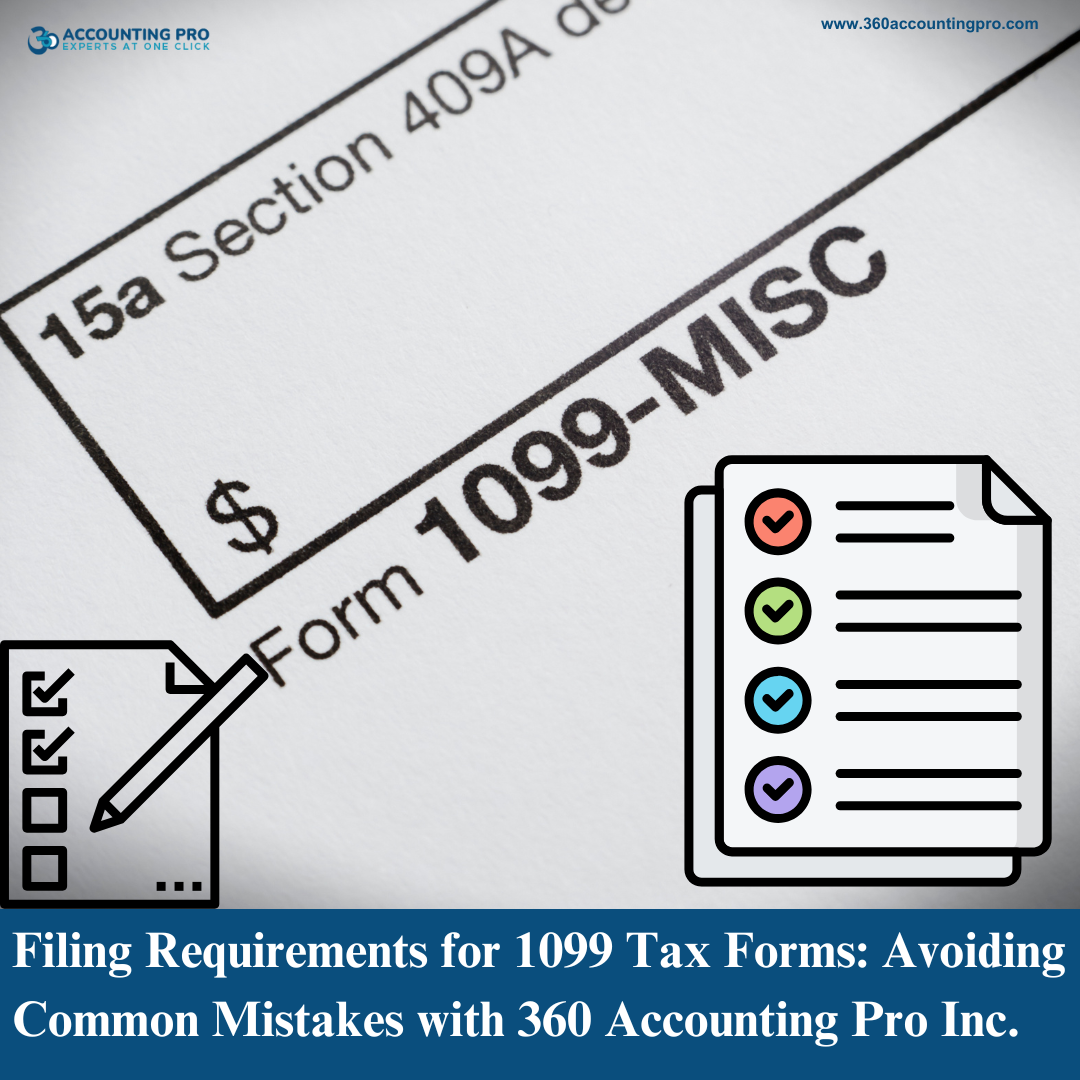


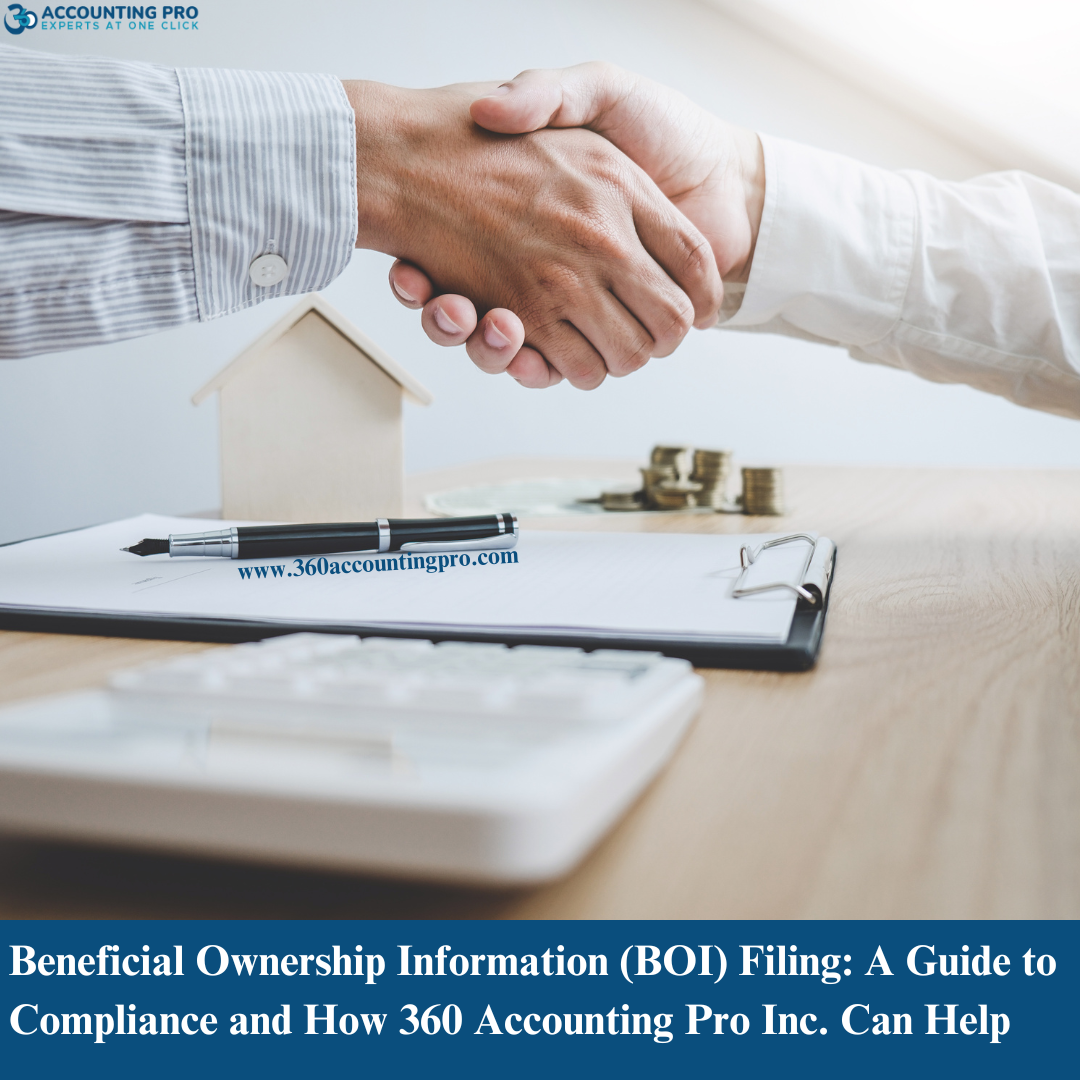
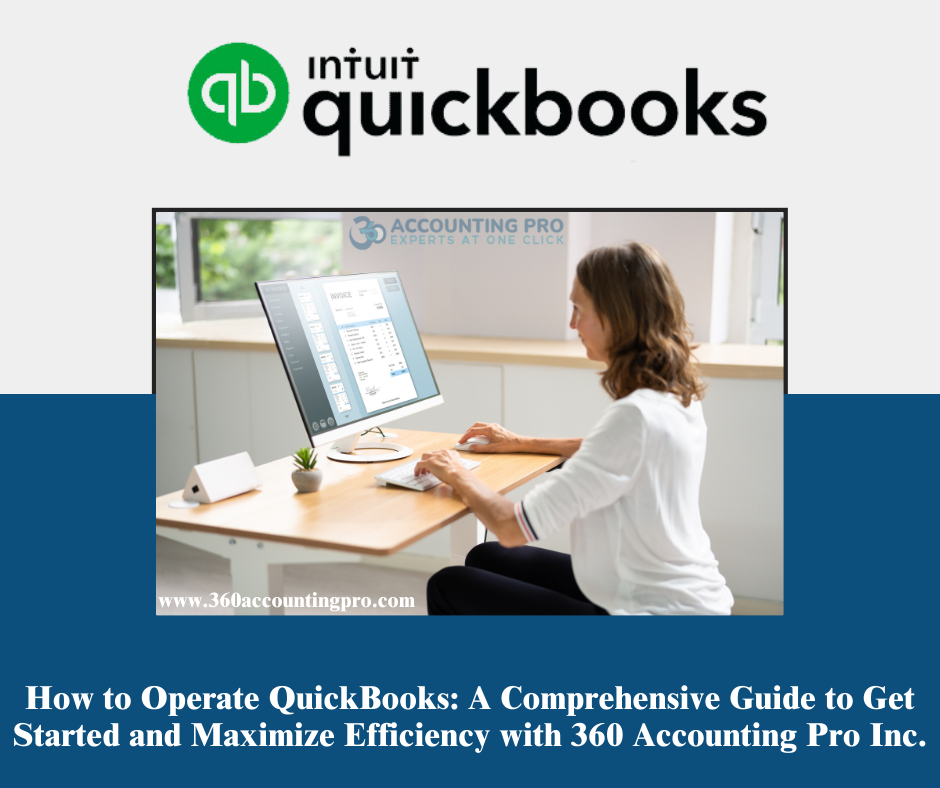

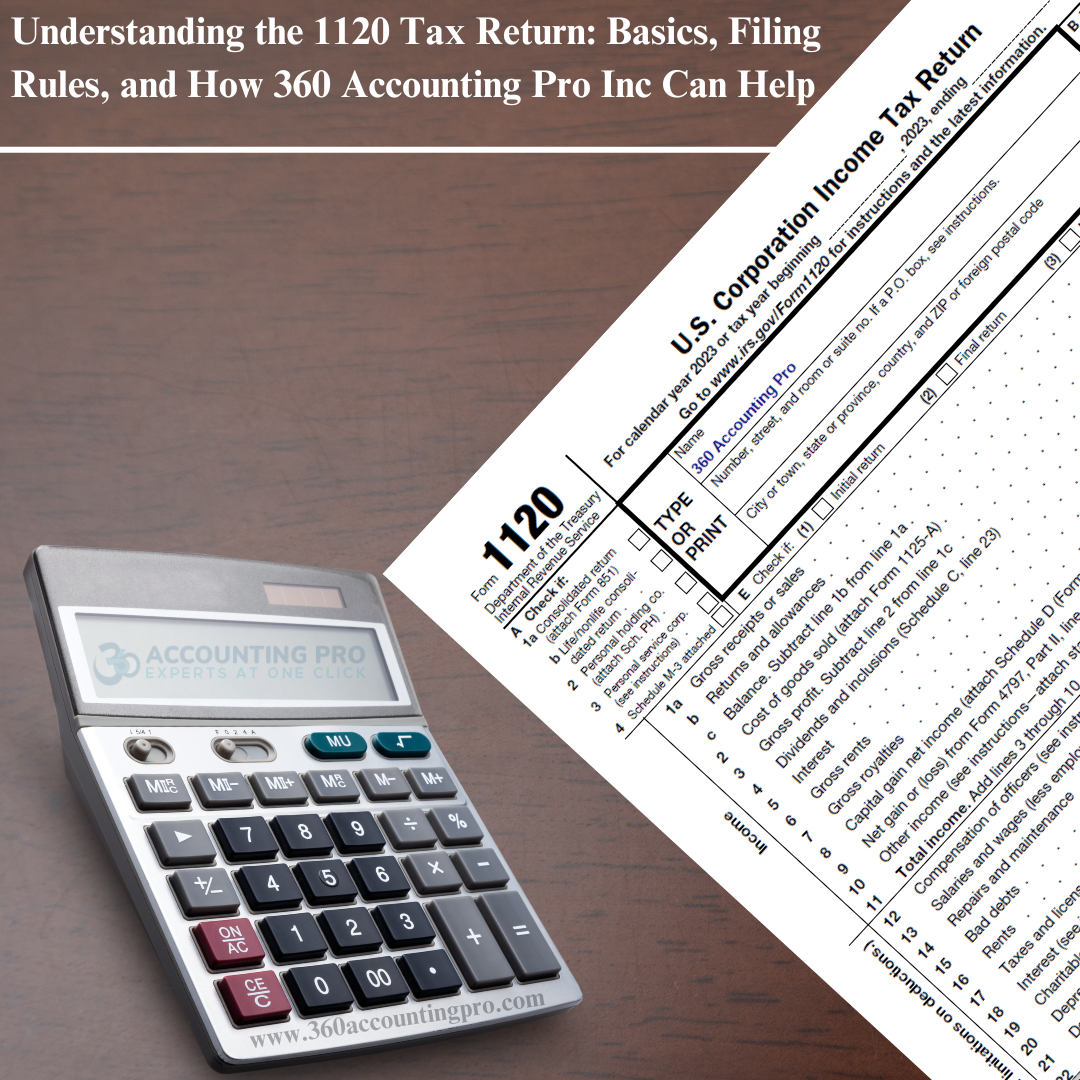
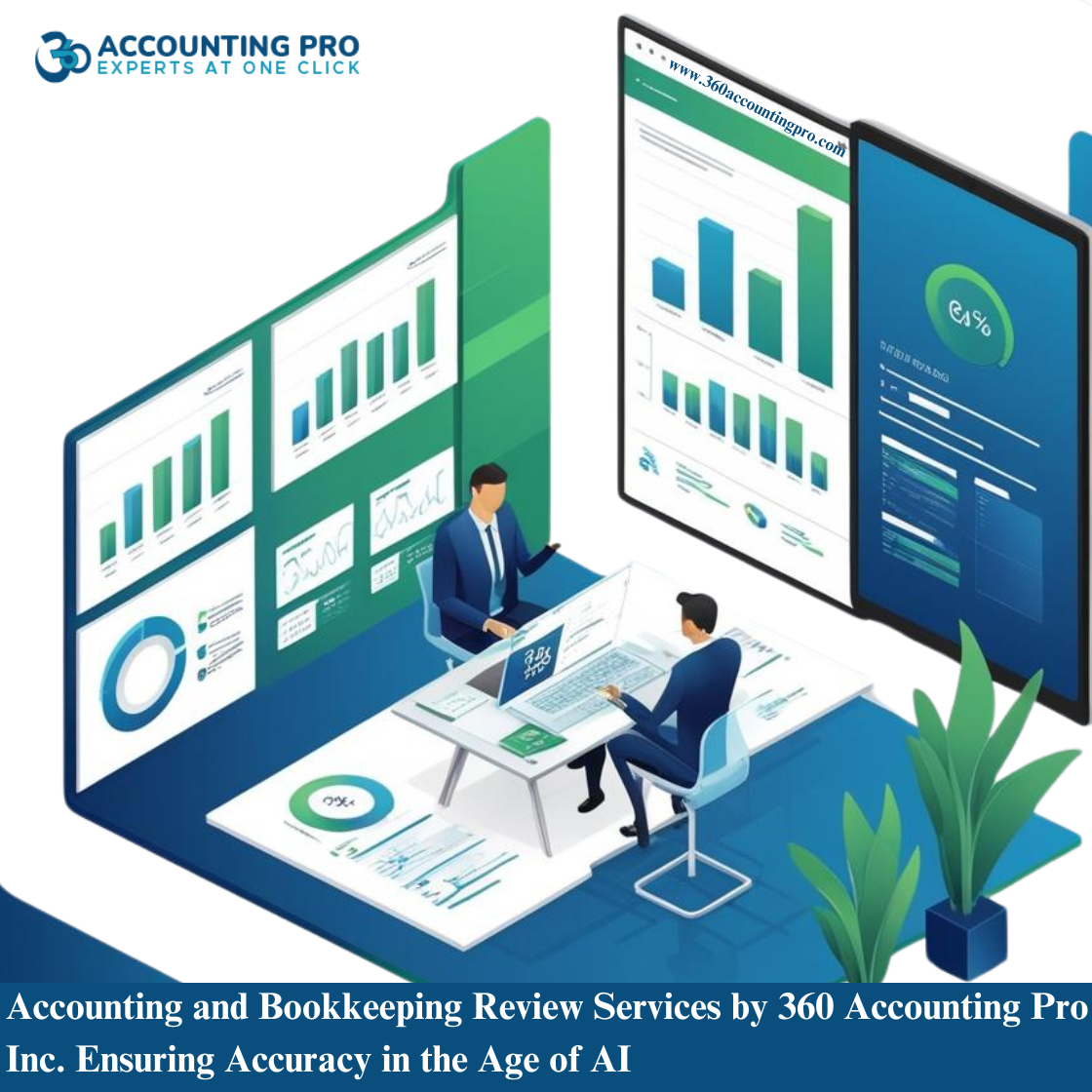
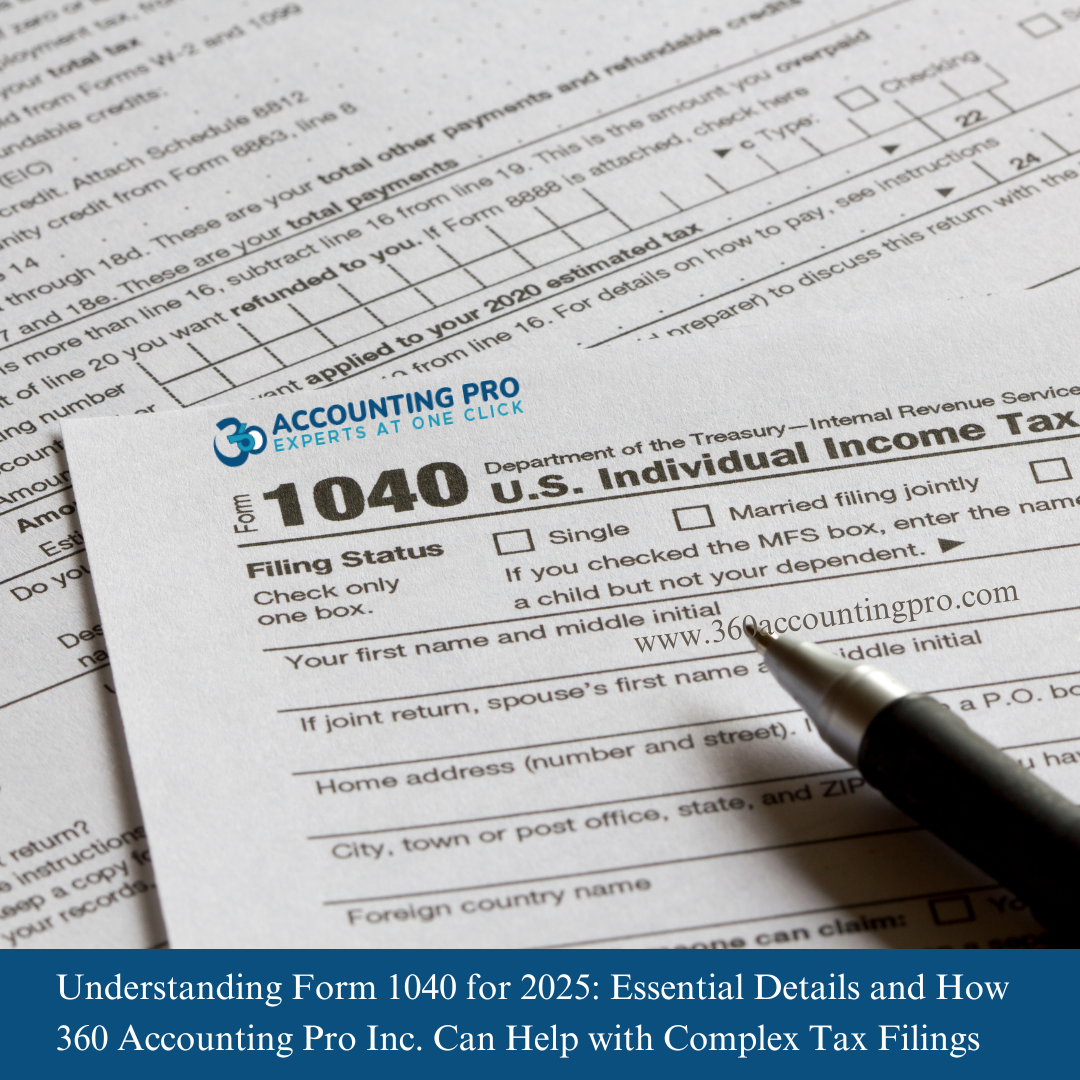









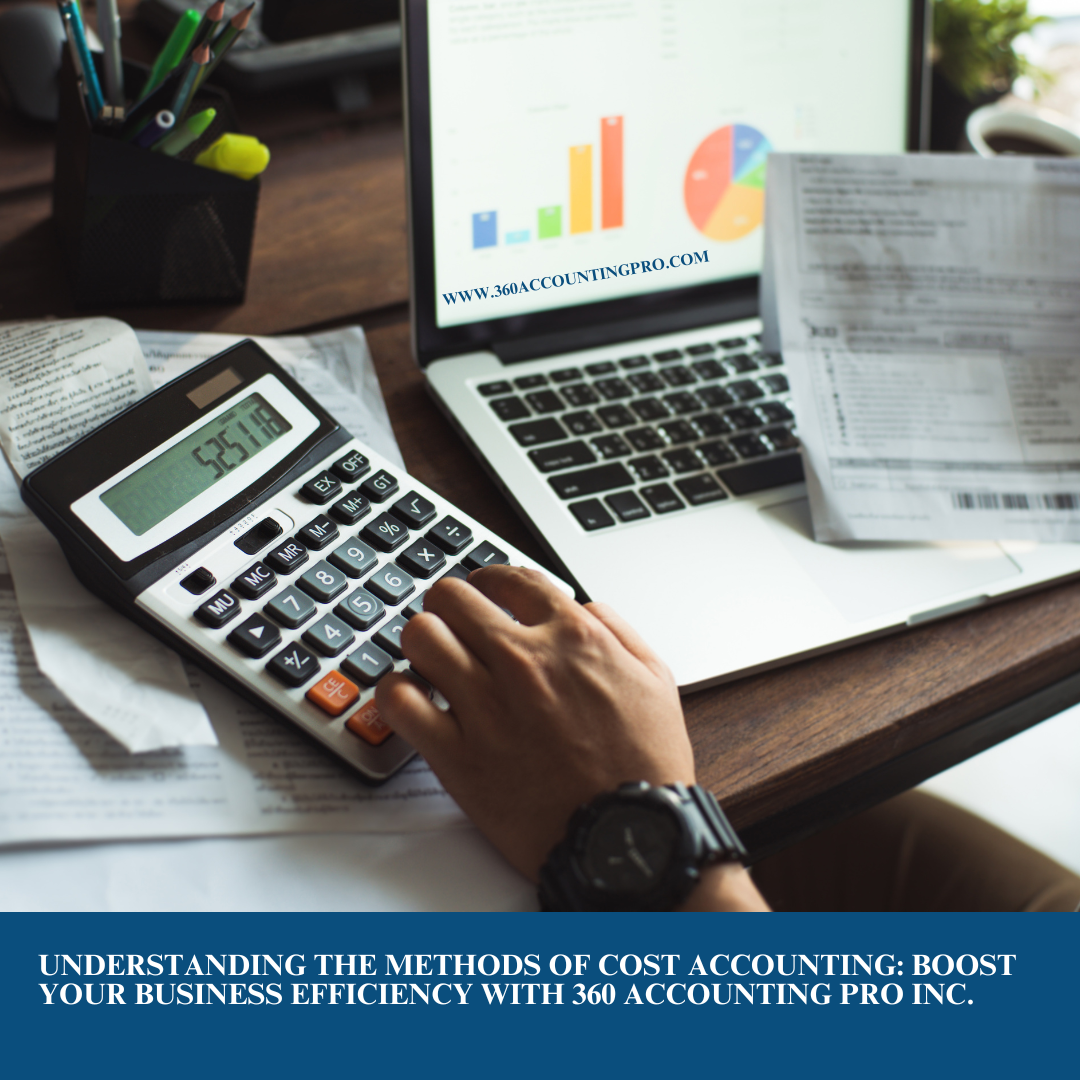
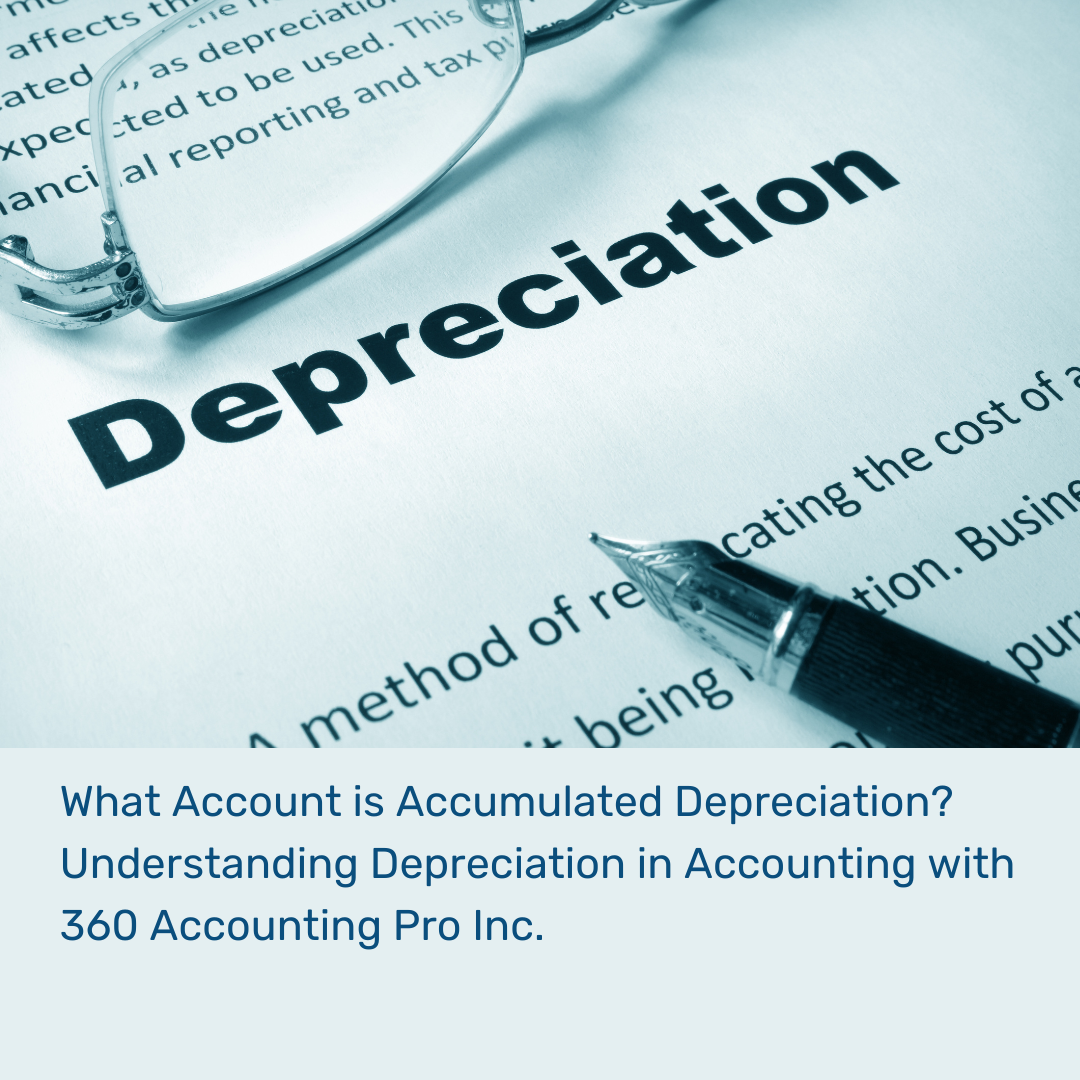




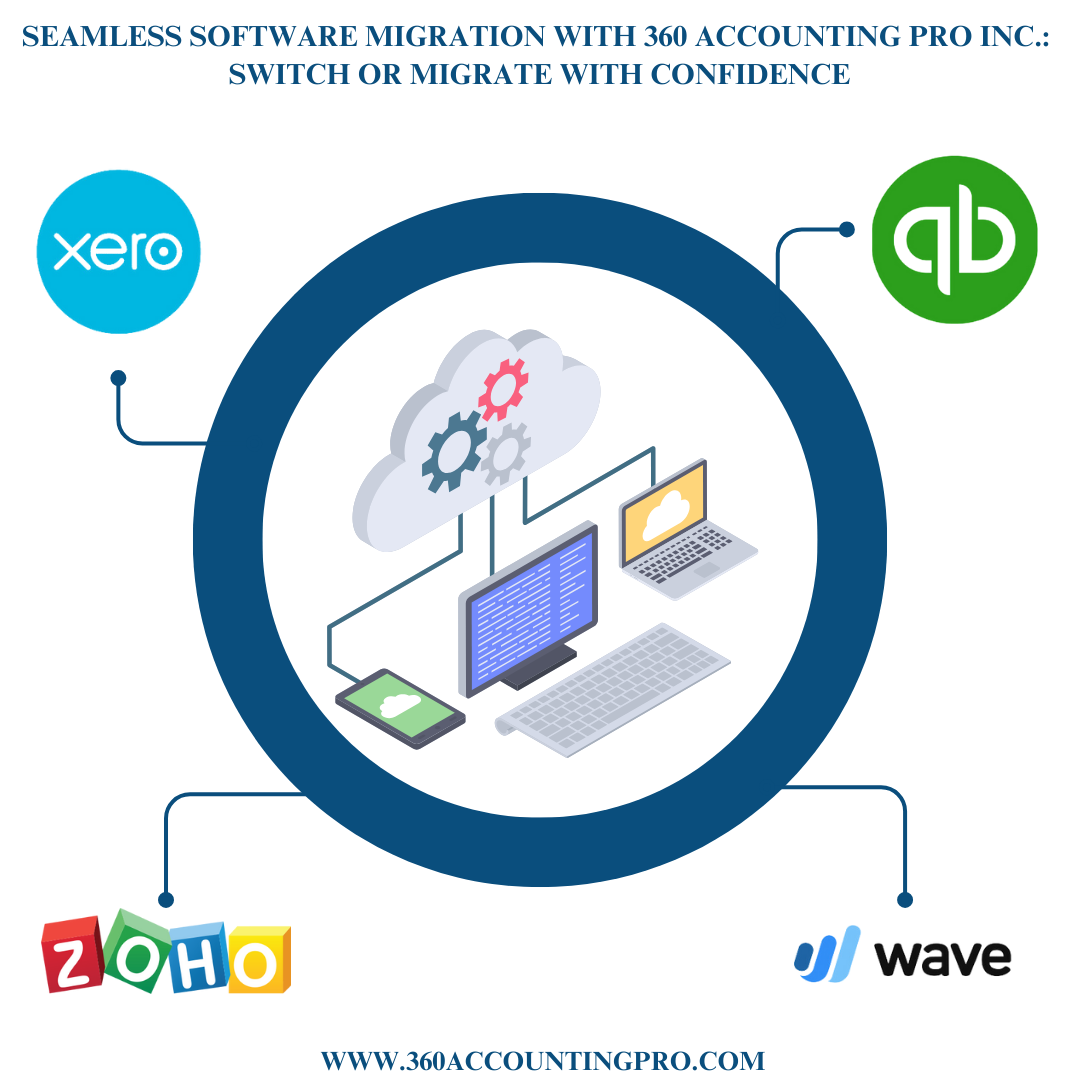







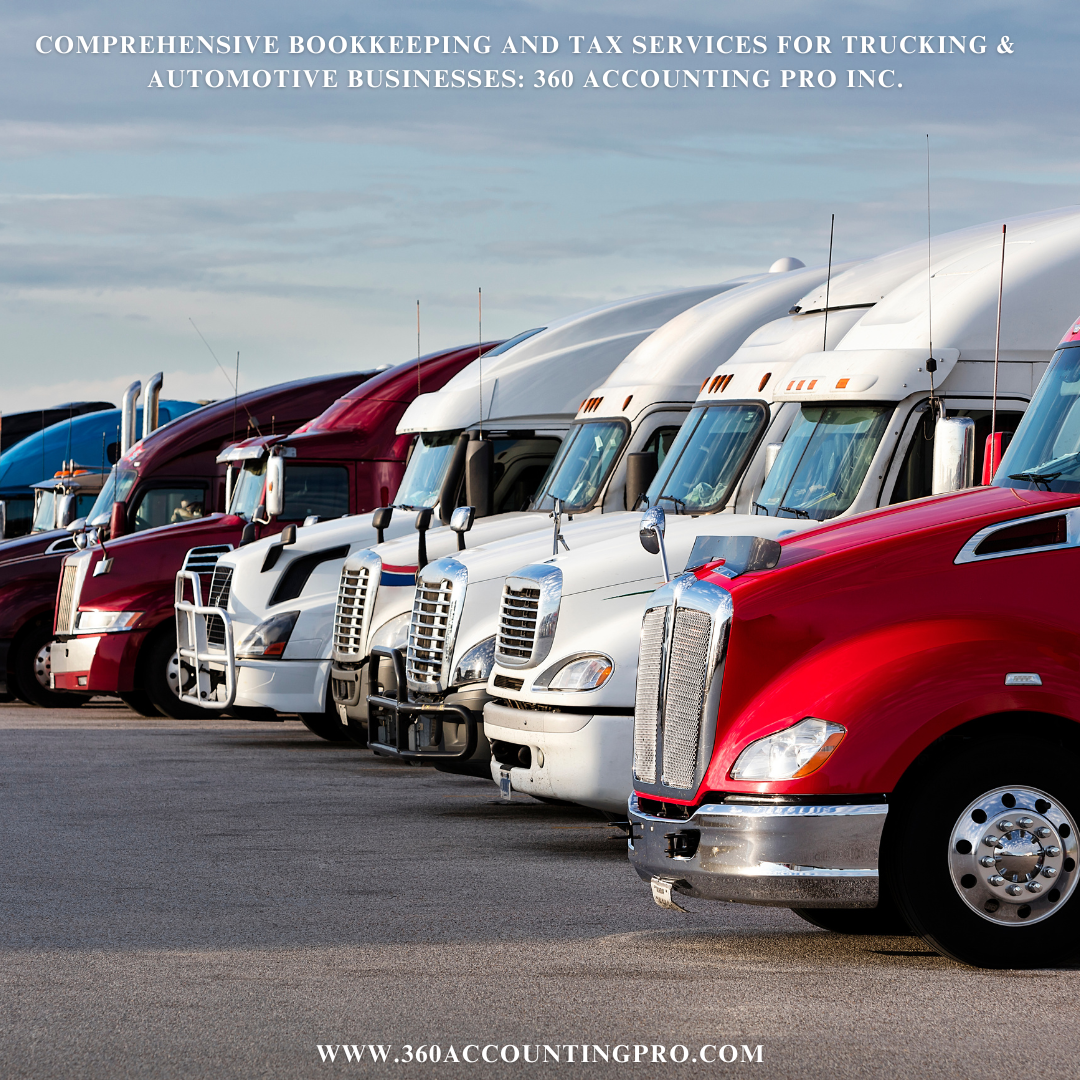




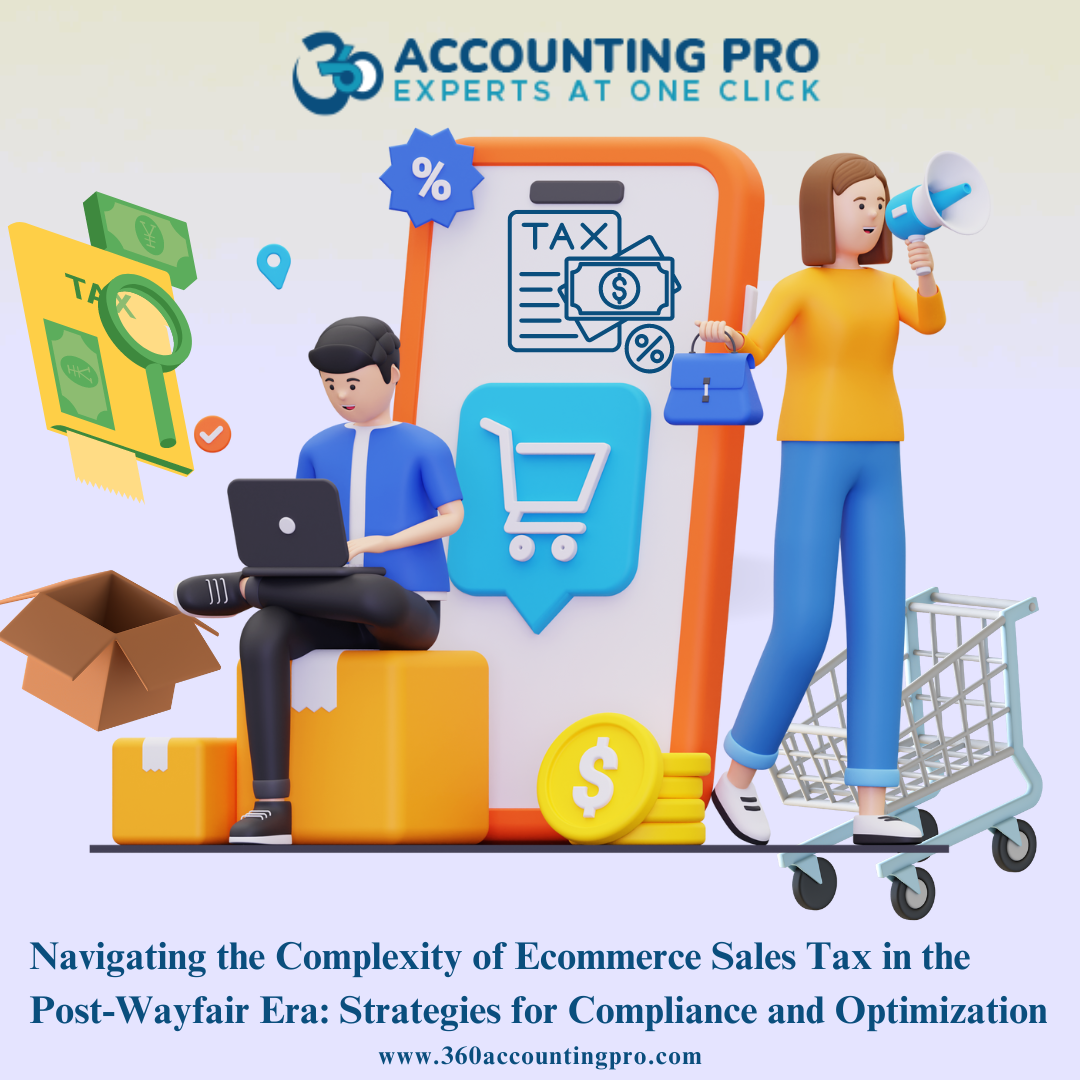





.jpg)
.jpg)
.jpg)
.jpg)


).jpg)











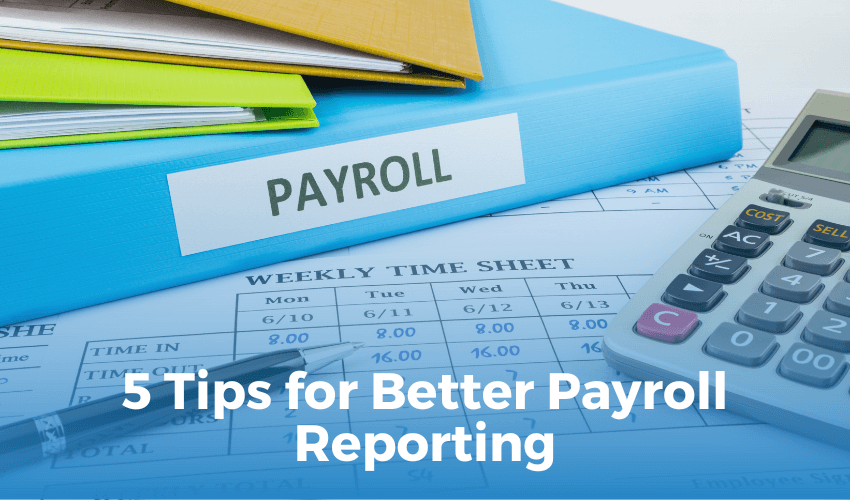
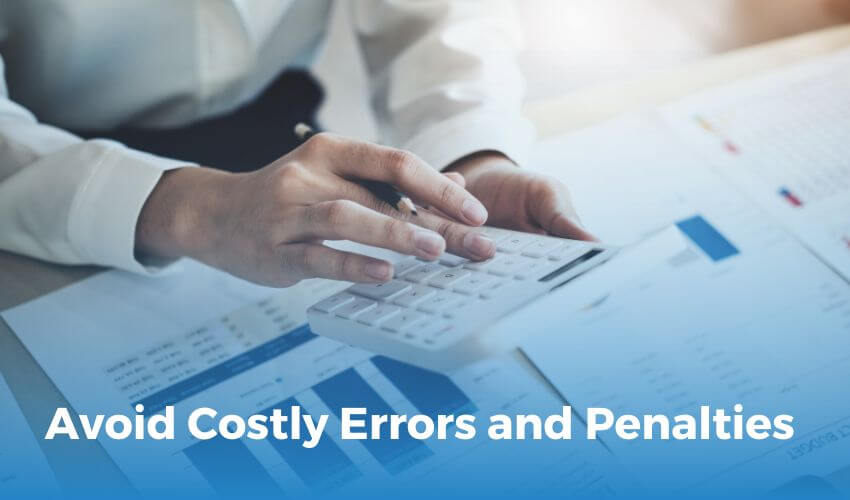

 Get A Quote
Get A Quote
Leave A Comment